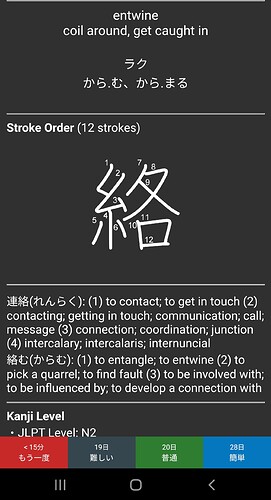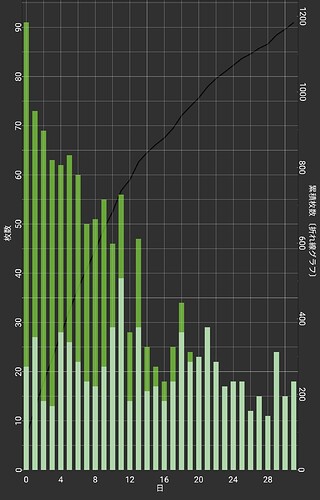Like the title says. I studied kanji for around 2.5 hours every single day for one year. Here’s what happened.
New kanji that I learned - 1530
Individual reviews of kanji - 30975
Seeing as though my focus was writing, and I wrote each kanji 10 times per review, that makes 309750 individual kanji written. (Planning on uploading a video of the obscene number of full pages)
“Why?”
I wanted to see if writing was more effective than mnemonics… Also my partner is Japanese, and I don’t wanna be a dad that can’t communicate with my kids… If I ever have kids 
“Result worth it?”
For me personally, absolutely unequivocally yes. Of those 1530, I very rarely make a mistake in remembering the on-yomi/kun-yomi, and almost never fail to remember the English meaning.
“What order did you learn them in?”
I did japanese school grade order. This is usually not recommended, but I wanted to try to understand why this order is used for natives, so I used it. In hindsight I am very glad that I did, as learning easy ‘concepts’, rather than learning easy ‘kanji’ was definitely more useful as you progress further and further. You start to notice that each new difficult kanji is just a unique nuance of something you’ve already learned.
“Why only 1530, heisig people learn all 2k or so in 90ish days?”
No… They learn an exceptionally vague meaning that they’ll probably forget very soon. I wanted to take it slow and learn each one to a native level of recall. To be honest, I stopped strictly using school grade order after 1200 ish (教育漢字)。After that I just started reading and learned kanji that popped up in books, while still learning 1 school grade kanji per day in addition to that.
“Can you actually read now?”
I would say that I can read 95% of anything, and almost 100% of topics that I enjoy (as those kanji tend to repeat a lot and I learned them after sidetracking from school level kanji).
“Would you recommend it?”
I have bloody god awful calluses in places that I didn’t even know a person could get calluses from writing so much… So in that sense no. In the sense of what I gained out of it knowledge wise, 10000% recommend it.
“What about the kanji you don’t know still?”
I’ll still continue studying 3 new kanji a day, but I can read most kanji now even if I haven’t learned them officially (just through pattern recognition from similar nuanced kanji). For example 溶ける (melt)、解ける (unravel/solve)、融ける (dissolve) all mean to melt/come undone, and they all are read as とける、most new kanji I see are like this. I already know the meaning/reading, I just need the new nuance. I believe this is how natives learn new kanji too, just see the reading and put 2 and 2 together.
“I don’t have enough time for that!”
Actually, time is the only resource you ever have.
Conclusion - the purpose of this post isn’t to pressure anyone into studying harder, or even trying the way I studied. It’s just to show that (probably) any study method will work if you stick at it.



 .
. Especially considering some kanji have around 10 readings
Especially considering some kanji have around 10 readings .
.

